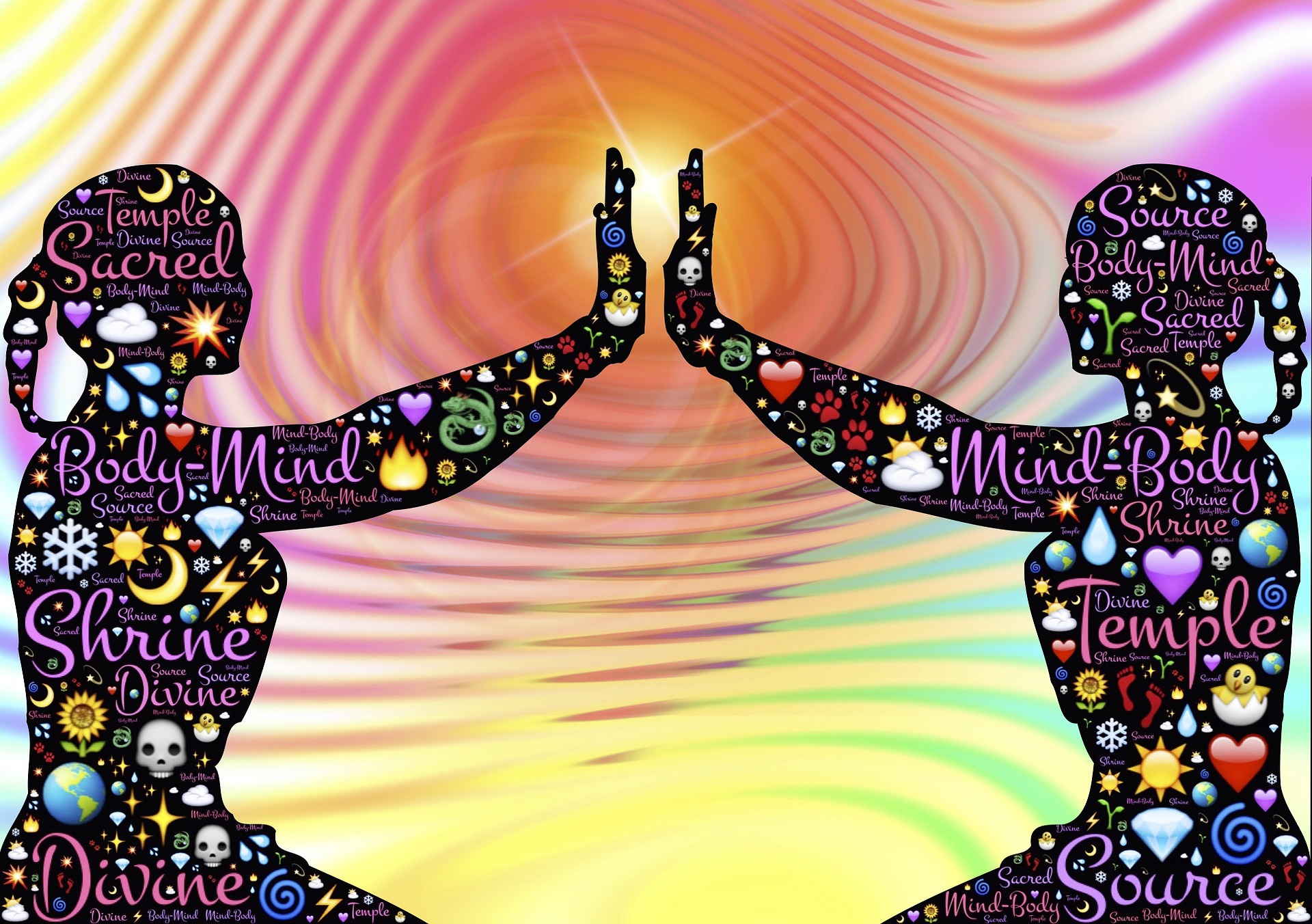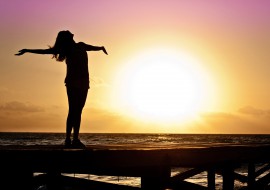
Mindful Body, Beginner’s Body©™
“I am the poet of the body” -Walt Whitman Leaves of Grass
“Our legs and arms are full of torpid memories” -Proust Time Regained
Perhaps it was James Joyce in Dubliners who summed up the plight of the situation in the West most concisely when he wrote “Mr Duffy lived a few feet away from his body”.
Our bodies have become what the French philosopher Foucault called “docile bodies,” transformed into a post traumatic self, where our breathing is tight or frozen into the past, installed into the nervous system as the chronic fight/flight of stress or anxiety, our bodies in turn have become socially constructed and reconstructed until they are medicalised, marketed; I am now a Consumer Body, homo economicus, living in my head and desperately wanting what I have been told I need, my somatic self is disowned and thrown into the shadows, into the character armour of the body. If I regard my body it is regarded as Reginald Ray says as a donkey to be punished, controlled and subjugated.
We have turned away and against our somatic self and it has powerful implications for the planet itself: this “severance of the mind from the body means a corresponding severance of history from nature…once the ego was cut lose from seasonal nature and from the body, it had no felt roots in which to ground…it then seemed perfectly acceptable to the ego to begin a premediated assault upon nature…it failed to comprehend that an attack upon nature was an attack upon its own body…this new body, the alienated and dissociated body” -Ken Wilber Up from Eden.
Mr Duffy indeed.
Another way of describing this is by taking stock of Iain McGilchrist’s work into the divided brain (see https://www.ted.com/talks/iain_mcgilchrist_the_divided_brain). We’ve become used to living from the left hemisphere of the brain with its need to grasp, manipulate, control and label. Essentially, the right brain apprehends bits of things. This has served us well, it’s given us pencil sharpeners, washing machines and MRI scanners, but in doing so we’ve disowned our relational birthright and the very basis of our humanity, the somatic or felt sense of being human. The right brain is our somatic brain, as McGilchrist and Ray both contend, and it apprehends the wholeness of things. It is no coincidence that the word “whole” has semantic correlations to “holistic” and “holy”.
Our overall identification has historically privileged right brain cognitions and conceptualisations. Beginners Body suggests our lives have been co-opted into a Sherlock Holmesian Case of Mistaken Identity; we’ve searched the globe and we’ve searched our lovers and we’ve searched in therapy and finally we’re searching Google.
It’s not there, these are all distractions because it’s been right with us all the time, there in the right brain and the soma, Beginner’s Body: “we’re trying for something that’s already found us”, as the poet says.
Reconnecting with our body mindfully, or Beginner’s Body is a set of practices that take us back into the somatic self, the mind integrated with the body. This has, for some years been the province of many excellent schools and modalities of body psychotherapy, where instead of turning away and against our body and our right hemisphere with its repository of unconscious liberation, limbic attunement, connection and creativity we turn towards it, finding a true and vast relational home, a wholeness that we can become deeply embedded into and embody.
The Indra’s Net of connection that is our soma is a direct, unmediated experience of what is, unfiltered by the left brain’s conceptual mind. The neuroanatomist Jill Bolte Taylor in her book My Stroke of Insight suggests this is akin to the Buddhist term enlightenment: Awareness Itself.
Yet when we do turn towards our soma it is often done with an old story and concepts that reflexively kick in; our past and socially conditioned self appears in a flash and we are reconditioned into a docile or redundant way of relating to our embodiment.
If we are going to re-relate to our soma we need to do it in particular way. It is here where mindfulness affords us a radically different way of reconnection.
The soma is the repository of freedom, but also of shadow; it thus contains both dark and light, the very parts of us that we have, for decades, endeavoured to keep at bay. We cannot connect with the soma in an agitated, distracted or hostile manner; mindfulness practices which enable us to settle our minds, encounter and engage with what arises, our shadow side, with acceptance, welcome and self-compassion, are critical here.
We must be willing to accept and welcome the communication that the soma brings to us, in image, sound, memory and fragments of association. It will not arrive as we want it, it will arrive as we need it.
This activity is the activity of the right hemisphere, it is essentiality inter, that is to say it is interpsychic, intersubjective, interpersonal and interrelated; it is relational in its locus and dynamic, and in its intention.
Beginner’s Body begins when the mind relaxes and is able to start resting with self-compassion to meet with what Reginald Ray calls “our unique beingness, who we fundamentally are”. This is soma, the poetics of the body and the élan vital of the bodymind, free of social construction.
This is us and this is home.
7 connecting links
The steps to Beginner’s Body are not complex; these 7 steps are just a few of the many ways we can reconnect with the soma:
- Open up to your senses: in a sustained and deliberate manner open up to new-and old-experiences for the first time regarding smell, taste, sound, touch, sight. Discover what it is like to walk along the same street anew, bringing your attention to your sense of sound, for example
- Tune into the gutbrain: when making choices begin to tune into what your gutbrain is telling you (you don’t have to go with this, but stay connected). Where, really, does the sensation come from? How is it for you?
- Take up the opposite: develop a sense of play in terms of what you might usually do with your body, e.g. if you do no DIY or gardening, take some up, “reverse gender” some of your activities and deconstruct
- Get creative: draw how you feel every day. It doesn’t have to make sense, and hopefully it will not; you are developing a presence into the right brain
- Take up a new movement: learn dance, yoga, self-massage, a martial art; learn to use your body differently
- New music, new colours: if you usually, listen to rock, explore how opera feels on the body; wear pink if you usually wear blue and so forth
- Walk in the good: walk in silence paying attention to your body and its movement in the woods, the beach, the city
Finally, sit in meditation, bringing your attention to the sensations and communication that arises in the soma. Stay curious!





Write a Comment